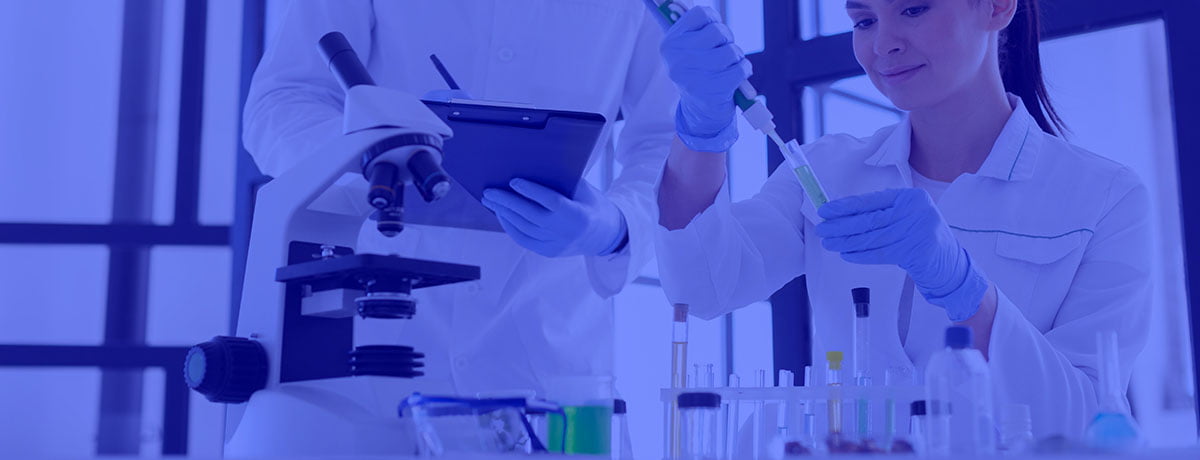Laboratory glassware is very fragile to handle but if treated with care they have a longer life span. Correct handling of glassware is important to obtain maximum performance and longevity of your laboratory glassware. The following notes are intended to be used as a guide to standard operating procedures for laboratory glassware.
Precautionary Measures
- Inspect glassware before using it and look for scratches, chips, or cracks. If found any then discard the glassware immediately as this could result in spillage of harmful chemicals, cuts on your skin, and can lead to serious injury.
- Wash your Laboratory Glassware after every use and ensure it is dry before using it again, as some chemicals tend to react with water which can result in imprecise measurements.
- Do not put excessive force to fit rubber hoses or bungs into the neck of glassware this can break the glassware, to avoid that lubricate the glassware, and select the correct size of bungs or hoses. (Most Supertek Laboratory glassware eases your task with detachable hose connectors).
- Stirring is very important for the proper mixture of chemical substances when performing stirring on glassware with the rod make sure that you do not use a sharp stirring rod it can result in spillage of solution or break the glassware etc.
- Wear a lab coat, safety goggles and cut-resistant gloves when working with lab glassware to avoid physical injuries.
- Never hold the filled glassware (like two necks round bottom flask, volumetric flask) from their neck as the weight in it can loosen the joints making them prone to breakage.
- Always put your hand support on the bottom of the lab glassware to ensure easy handling.
Boiling & Freezing
- Highest recommended temperature for lab glassware is 500℃ for a shorter span only. However, above 150℃ extra care should be taken to heat the glassware and cool it slowly and evenly.
- Do not use chipped or cracked glassware for boiling or freezing because this kind of defect can reduce the thermal strength of lab glassware making it more susceptible to breakage.
- When using glassware for heating then do it slowly and gently, to avoid breakage due to thermal shock likewise allow hot glassware to cool gradually, Rapid cooling may damage the glassware.
- While experimenting on a hotplate then ensure that the size of the hotplate should be larger than the bottom of the container. Another thing to be considered is that do not put chilled glassware on the heated hot plate directly.
- For the Bunsen burner, use a soft flame and employ a wire mesh with a ceramic core to disperse the flame.
- When autoclaving Supertek glassware, like bottles with screwcap- always untighten the caps. Autoclaving with tightly closed caps can cause pressure differences and consequent damage.
Vacuum & Pressure
- Always use an adequate safety screen or protective cage when using glassware under high pressure or vacuum.
- Flat-bottom glassware should not be used under vacuum as they are likely to explode except the glassware with specially thickened walls such as desiccators.
- Avoid stressing the glassware caused by overtightening the clamps.
- Do not subject glassware to rapid pressure changes, make sure you put and relieve the pressure and vacuum gradually.
- The application of positive pressure inside lab glassware is particularly hazardous and if possible should be avoided.
It can be difficult to remember all the guidelines to follow when using glassware in the laboratory. So when you buy your laboratory glassware from Supertek we ensure that the instruction manual is provided along with it. We offer a wide range of laboratory glassware and essentials and if treated with care they can last long.

